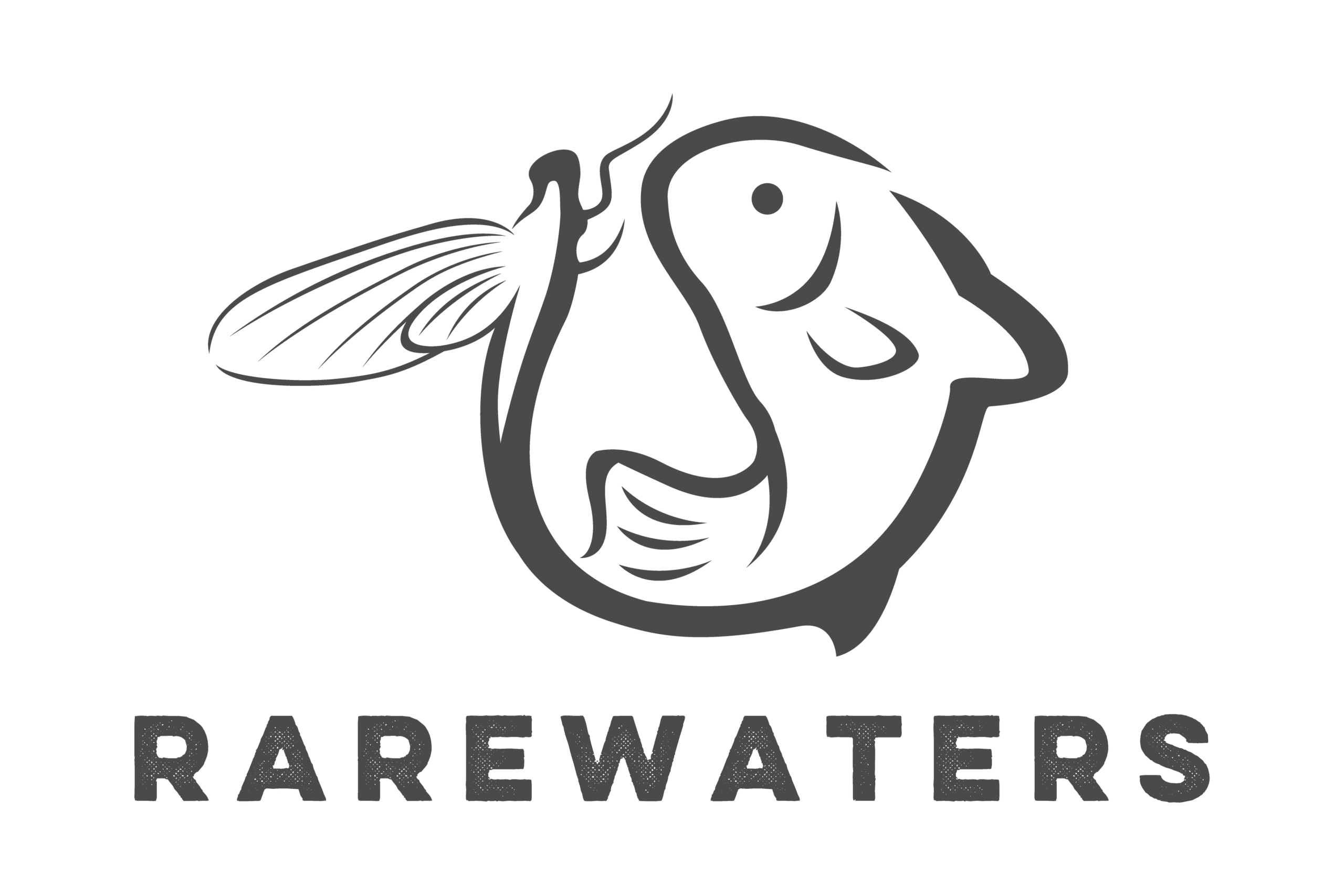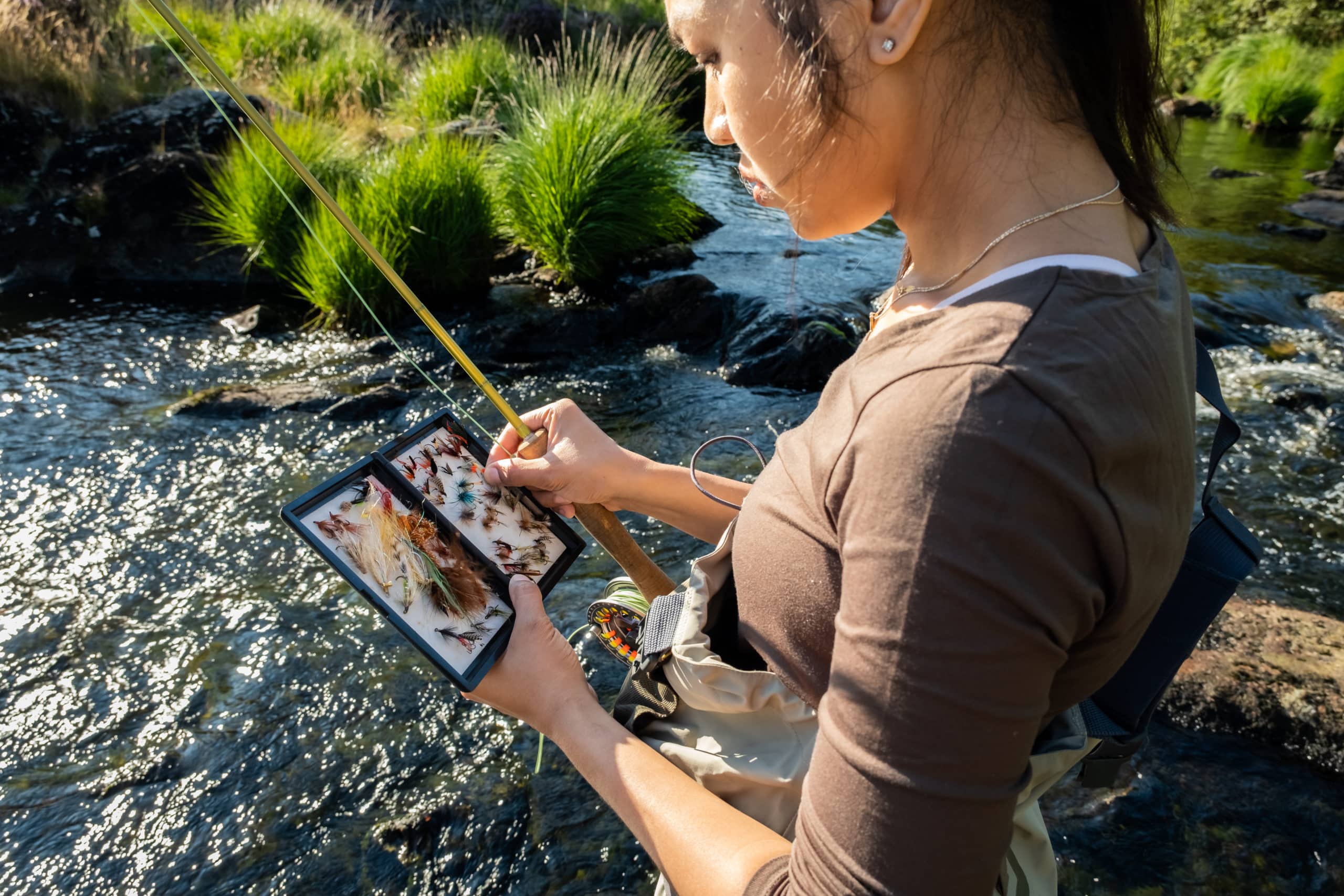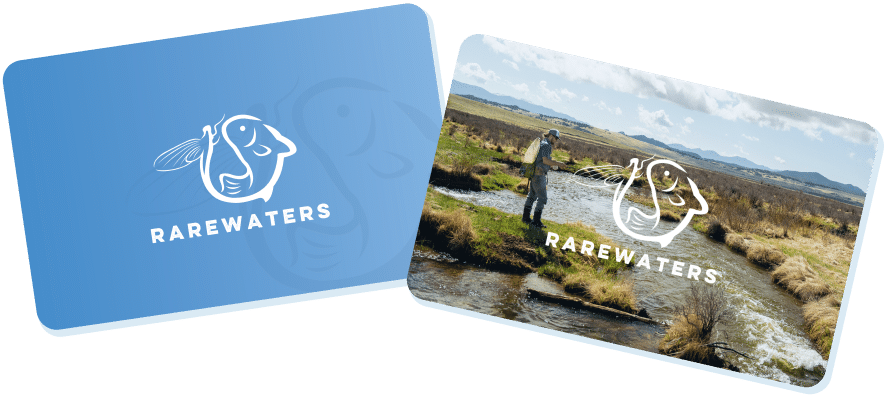Anglers entering into the vast world of fly fishing strive to achieve a level of independence that enables them to venture off alone. In order to attain self reliance fly anglers need to assemble a minimal amount of gear such as rod and reel, terminal supplies and most importantly flies. When stocking up their first fly box fly anglers will need to cover the most common types of insects.
It is important to concentrate on the major insect groups when deciding what types of flies to stock in your first fly box. Fly anglers will want to cover Mayflies, Midges, Caddis, Stoneflies and terrestrials. A variety of flies covering these groups will lead any angler to success.
The beauty in this approach is that fly anglers stocking their first fly box can purchase flies that give the impression of an insect rather than a perfect imitation. By that I mean the flies are the same shape and silhouette as the real bugs. Color can sometimes be a driving factor but shape of the fly and the silhouette on the water are the most important factors.
Mayflies have a very distinct body shape. These flies float in a noticeable manner, with upright wings. Because of how they emerge from the water mayflies often need a considerable distance to float before wings dry and become functional.This factor leaves mayflies vulnerable and available on the water for a long period of time.
The best fly for imitating mayflies is the Parachute Adams. Because of the immense variety of mayflies, carrying an assortment of Parachute Adams flies in different sizes is the best approach. Sizes 12-18 will cover most mayfly hatches. In the nymph stage a Pheasant Tail nymph works perfectly. Slender and inconspicuous in the water, a Pheasant Tail covers a wide variety of nymphs.
Midges are the number one insect in any watershed. Available year-round and with the ability to hatch in summertime as well as overcast winter days, midges are a staple in any trout’s diet. The Griffith’s Gnat performs flawlessly during a midge hatch. Fished on the surface as a cluster of adult midges on a light tippet will get those slow sippers to eat. A Zebra numph in black or red is the best midge larva imitation available. Go small on any midge fly, dry or nymph a size 18 is the best.
Caddis are best imitated by the ever popular Elk Hair Caddis dry fly. A versatile fly that rides up high on the surface when dressed properly with floatant and is visible from a distance. Caddis dry flies are effectively fished under the surface as a drowned bug, emerging adult or egg laying female. The well known Hare’s Ear nymph imitates the nymph form of most caddis flies. Weighted or unweighted, the Hare’s Ear nymph catches fish.
Stoneflies represent the largest of the frequently encountered aquatic insects. A Chubby Chernobyl is a crossover fly that will work magnificently as an adult stonefly and draws strikes fished as a hopper along the bank. Pat’s Rubber Legs is my go-to nymph for stoneflies under the surface. Often fished in tandem with another nymph such as the Hare’s Ear. A Pat’s Rubber Legs is a deadly big fish fly.
Terrestrials are a group of bugs that encompass just about anything that doesn’t originate from an aquatic environment. Examples include grasshoppers, ants, beetles and even extend to cover sow bugs and earthworms. Terrestrials don’t belong in the water and are ineffective at swimming, leaving them to drift and get eaten by swift swimming trout. A parachute ant is a great terrestrial pattern to stock in your first fly box. For under the surface a San Juan Worm can bring in a trout when the water is muddy, extremely deep or turbulent.
One bonus fly that all fly anglers need to know how to fish as the skills involved crossover to other aspects of our fly fishing sport is a Wooly Bugger. A large fly with broad gap hooks, heavy, weighted heads and an undeniable swimming action, Wooly Buggers deserve a space in your first fly box. Wooly Buggers can be fished dead drifted, stripped or swung across the current.
A versatile list of flies for the surface and subsurface that belong in any anglers first fly box. Dry flies, nymphs and a few bonus patterns to cover any condition anglers encounter. Stocking up on the basics gives anglers the ability to venture off on their own with confidence. No matter what they encounter they have a bug to cover it, any water, any season, any hatch.







